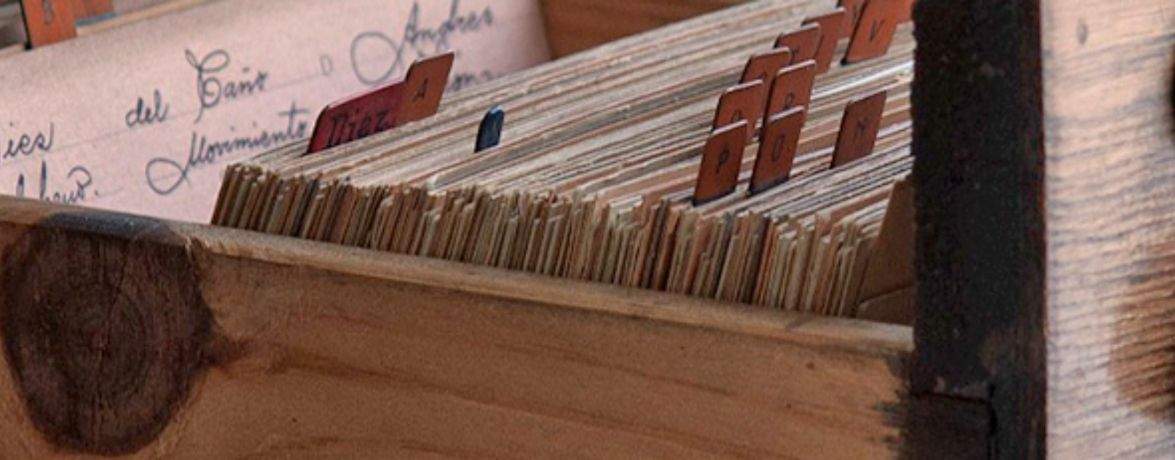Important achievement of Spain ’s Ministry of Culture , which has just published theinventory of assets seized during the Civil War and Francisco Franco’s dictatorship. Cataloguing work began last year, and the culture department is the first to comply with Law 20/2022 on “Democratic Memory.” The search was carried out by the General Directorate of Cultural Heritage and Fine Arts in the collections of state museums managed directly by the Ministry of Culture.
The seizures date back to the time when the government of the Republic created the Art Treasury Authority (JTA), an institution dedicated to protecting cultural property from looting and bombing and keeping it in secure storage. When rebel troops occupied the territories, they created the Defense Service of National Artistic Heritage (SDPAN), which, at the end of the war, was tasked with returning works to their owners. The unreturned goods ended up deposited in various institutions and museums.
Nine state museums have been identified whose collections include goods from the seizures made during the Civil War and in the immediate postwar period: in Madrid, the Museum of Costume-Center Research on Ethnological Heritage, the National Archaeological Museum, the National Museum of Romanticism, the National Museum of Decorative Arts, the National Museum of Anthropology, the Museum of America and the Sorolla Museum; in Valencia, the National Museum of Ceramics and Suntuary Arts “Gonzalez Martí”; in Valladolid, the National Museum of Sculpture. In addition, a painting kept at the Ministry of Cultural Heritage headquarters with the same provenance was identified.
Objects such as jewelry, tableware, ceramics, textile pieces, and liturgical furnishings, as well as some paintings, sculptures, and furniture, make up most of the 5,126 pieces documented as having come from seizures made by the Republic to temporarily safeguard property of artistic interest and that were never returned to their owners by the Franco dictatorship at the end of the war.
Also identified in the Museum of Decorative Arts were pieces from the Weissberger collection seized by the Court of Political Responsibility from collector and art dealer Jose Weissberger, who was accused of collaborationism with the Republican government. Although the works were returned to him once he was acquitted of the charges, the pieces deposited in the museum are still stored there. They are the only funds identified in the Ministry of Culture that came from the seizures implemented by the Franco dictatorship.
The inventory is already posted online on the Ministry of Culture website. Within the portal, in addition to the list of assets, it is possible to find the files of most of the pieces, work that continues and is expected to be completed in the coming weeks. Similarly, the inventory books of the Art Treasury Superintendency have also been digitized and can be downloaded from the web. Alongside the research work in the collections of state museums, intensive work has been carried out to digitize and describe the documentation kept at the State Archives, which is also accessible on the web. In addition, the Institute of Cultural Heritage of Spain (IPCE) digitized the documentation of the Republican Delegate Council of Madrid and the Artistic Recovery Service, a Francoist institution in charge of returning seizures at the end of the war. The Council’s signature books, minutes or inventories can be downloaded on the site created for the occasion, as well as access to additional documentation through the digital catalog called ’War Archives.’
Complementing this, the web portal includes a comprehensive collection of regulations related to the seizure of property during the Civil War and the Franco dictatorship. It is organized according to three major blocks: regulations of the government of the Second Republic during the Civil War; regulations of the regime established by rebel troops during the Civil War; and regulations of the government of the Franco dictatorship. This corpus constitutes the most comprehensive collection published, to date, on an Administration portal and will help people interested in the subject matter to have orderly access to the various pieces of legislation on the subject.
The preparation and publication of the inventory represent the first steps on the path toward the restitution of seized property. The desire of the Ministry of Culture is to return all identifiable property to its rightful owners. To this end, a report has been requested from the State Prosecutor’s Office, which has been received in recent days, outlining the general criteria for making restitutions. Therefore, those who identify a property they own can submit their requests to the Ministry’s registry, and requests will be studied on a case-by-case basis.
 |
| Spain, Ministry of Culture publishes list of assets seized during dictatorship |
Warning: the translation into English of the original Italian article was created using automatic tools. We undertake to review all articles, but we do not guarantee the total absence of inaccuracies in the translation due to the program. You can find the original by clicking on the ITA button. If you find any mistake,please contact us.